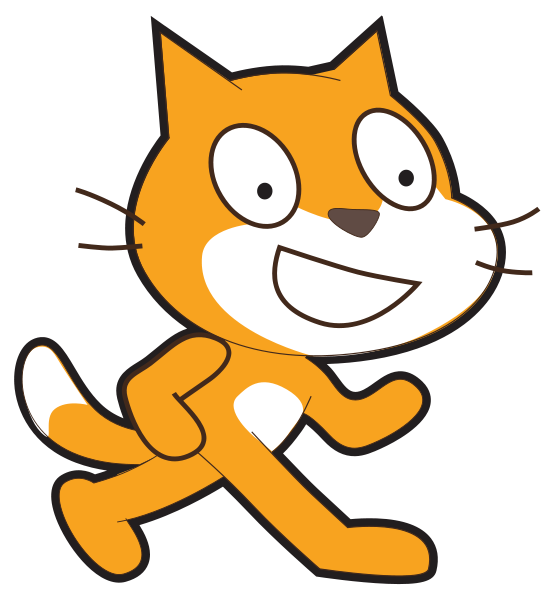Students will be able to:
-
Describe how variables store values and how they are used in your program.
Computer Science: Programming -
Explain how to concatenate (join) strings of characters together.
Computer Science: Programming -
Explain what you need to consider if you are asking for an input from the end user.
Computer Science: Programming







